Adverse Childhood Experiences (ACEs): Why They Matter, Long-Term Effects, and How to Find Healing
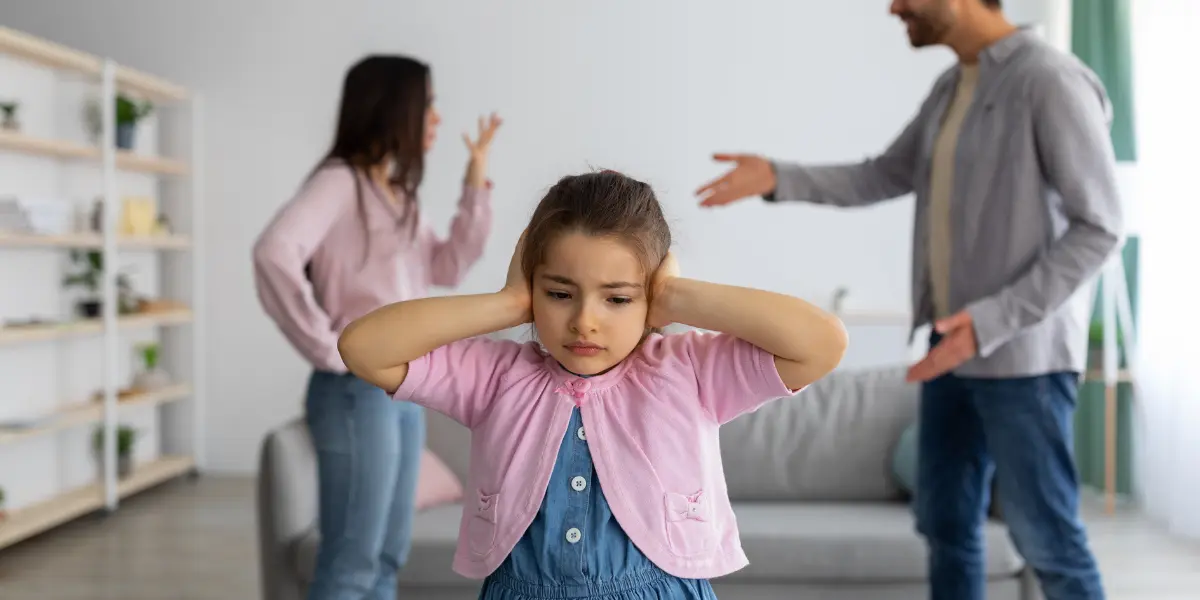
If you’re searching for information about Adverse Childhood Experiences (ACEs), childhood trauma, or how early life stress can shape mental and physical health long-term, you’re in the right place. Understanding ACEs—stressful or traumatic events that happen before age 18—has become essential for anyone interested in mental health, resilience, chronic illness prevention, and pathways to healing. In this guide, we’ll explore what ACEs are, why they’re so important, what science says about their lifelong impact, and how recovery and hope are possible for everyone affected by them.
Contents
- 1 What Are ACEs? Understanding Adverse Childhood Experiences
- 2 Why Are ACEs So Important? The Lasting Impact of Childhood Trauma
- 3 The Science: How ACEs Affect Health Across the Lifespan
- 4 Why Knowing About ACEs Changes Everything
- 5 How Can You Heal From ACEs? Steps Toward Recovery and Resilience
- 6 Breaking the Stigma: Why ACEs Aren’t a Life Sentence
- 7 The Bottom Line: Hope, Healing, and Next Steps
- 8 Professional Links
What Are ACEs? Understanding Adverse Childhood Experiences
Adverse Childhood Experiences (ACEs) refer to a set of stressful or harmful events that occur during childhood. These include:
Abuse: Physical, emotional, or sexual abuse by caregivers or others
Neglect: Not getting enough emotional support or basic physical care
Household Challenges: Living with adults who have mental health issues, substance abuse problems, incarceration, or who engage in violence. Divorce, separation, or the loss of a parent are also considered ACEs.
Community and Systemic Factors: Growing up in unsafe neighborhoods, experiencing discrimination, or being exposed to community violence
ACEs are far more common than you might guess. Nearly two-thirds of adults report at least one ACE, and one in six have experienced four or more. ACEs do not discriminate—they affect people from all backgrounds, communities, and walks of life.
Why Are ACEs So Important? The Lasting Impact of Childhood Trauma
The real reason ACEs matter so much is their long-term impact on the brain, body, and relationships. Early childhood is a crucial time for the development of the nervous system, the immune system, and even the way we handle stress. When a child experiences high levels of stress or trauma without safe and stable support, it can overwhelm these developing systems—what researchers call “toxic stress.”
Research shows that ACEs increase risk for:
Anxiety, depression, and post-traumatic stress disorder (PTSD)
Substance abuse, addiction, and risky behaviors
Chronic health problems—like heart disease, diabetes, autoimmune disorders, and obesity
Difficulties with relationships, emotional regulation, and trust
Lower educational and job outcomes
Shorter life expectancy
The more ACEs someone has, the higher their risk. This is known as the “dose-response” effect—risk climbs with each added experience.
The Science: How ACEs Affect Health Across the Lifespan
The original CDC-Kaiser Permanente ACE Study, which coined the term “Adverse Childhood Experiences,” changed how doctors, therapists, and public health experts view trauma and chronic disease. Long-term, repeated stress in childhood:
Disrupts how the brain handles emotion, memory, and decision‑making
Alters how the body responds to everyday stress (think: always being on alert)
Changes immune system function, making a person more vulnerable to illness
Increases the likelihood of adopting coping behaviors (like substance use) that may cause further harm
But this is just information. With awareness comes the power to change.
Why Knowing About ACEs Changes Everything
Knowing your ACE score or being aware of childhood adversity in your own life is about understanding. Here’s why this awareness is so powerful:
It reframes your story: Struggles with emotions, health, or relationships come into focus, not as personal failures but as understandable responses to early life stress.
It promotes compassionate self-care: Recognizing how trauma shaped your responses can help you let go of self-blame and approach yourself with kindness.
It opens access to the right kind of help: Trauma-informed therapy, support groups, and resources are designed to help with exactly these challenges.
It helps break generational cycles: By naming and processing ACEs, you take steps to build a safer, healthier environment for yourself and others—now and in the future.

How Can You Heal From ACEs? Steps Toward Recovery and Resilience
A high ACE score does not define your future. People recover from childhood adversity every day, especially when they find the right support. Here are keys to healing:
Therapy with a trauma-informed provider: Approaches like EMDR, somatic therapy, or trauma-focused cognitive behavioral therapy help “rewire” unhelpful patterns and rebuild trust in yourself.
Building supportive relationships: One reliable, caring adult—at any age—can buffer the effects of early life adversity. Healthy friendships, support groups, or mentors support resilience.
Body-based practices: Walking, breathing, and grounding exercises can help calm an overactive stress response.
Small, consistent routines: Gentle habits (morning sunlight, journaling, safe rituals) signal to the nervous system that you’re safe now.
Self-compassion: Healing isn’t linear. Give yourself permission to rest, grieve, and grow at your own pace.
Breaking the Stigma: Why ACEs Aren’t a Life Sentence
You are not your ACE score. Childhood adversity can make life harder, but it doesn’t make anyone broken or less worthy of happiness and love. Millions of people with significant ACE backgrounds go on to lead healthy, meaningful lives—with the right support, resources, and community.
Learning about ACEs helps end shame, shift blame to where it belongs (the circumstances, not you), and create new stories full of possibility and growth.
The Bottom Line: Hope, Healing, and Next Steps
Understanding Adverse Childhood Experiences is one of the most empowering steps you can take if you’re struggling with anxiety, depression, chronic illness, or just feeling “stuck.” By exploring your early story with curiosity, not judgment, you’re giving yourself the best chance to heal and thrive.
If you’re ready to learn more or explore healing for yourself, TraumaCCA is here. Our team specializes in trauma-informed care grounded in kindness and science. Together, we can create new patterns of safety, resilience, and hope—one step at a time.
Ready to take the next step in your healing journey? Reach out for support, resources, or to connect with others who understand. You don’t have to carry this alone.

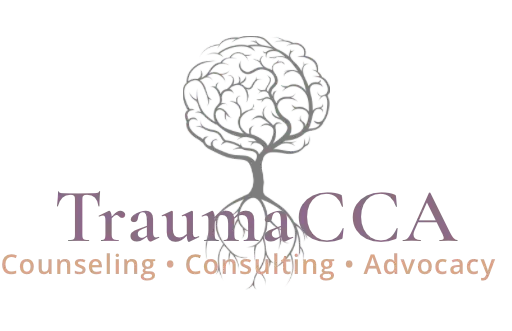

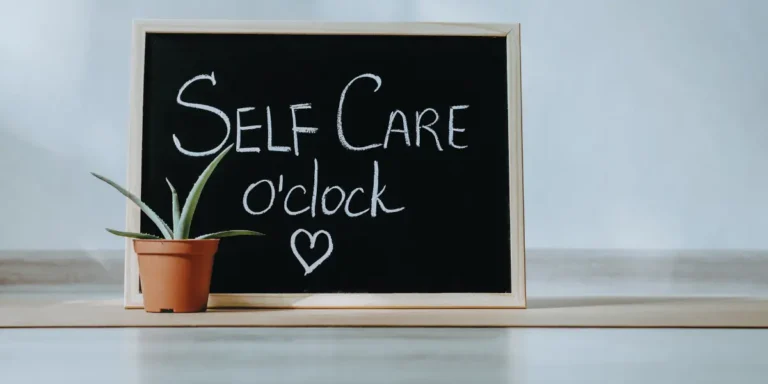
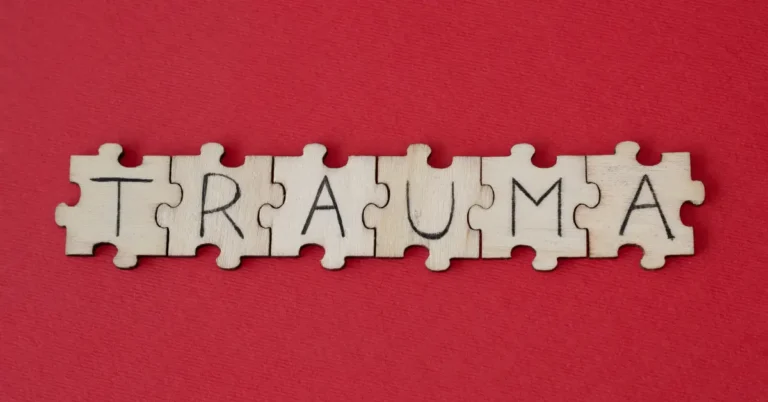
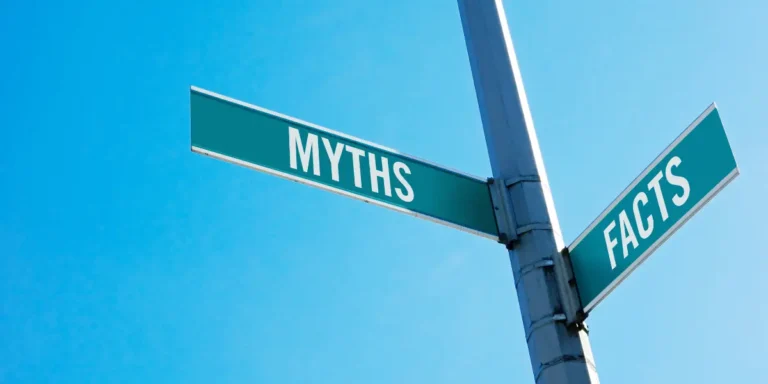
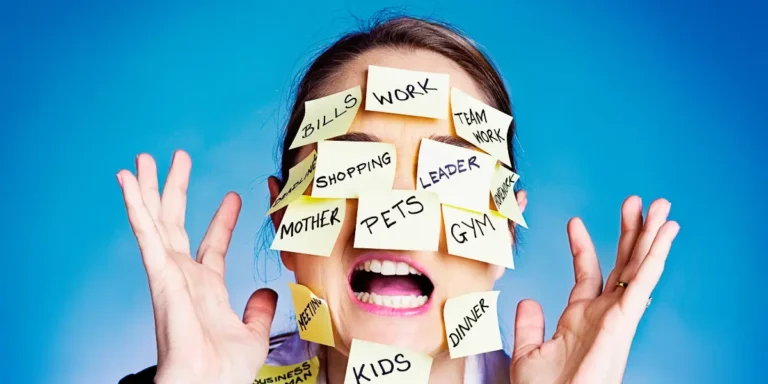
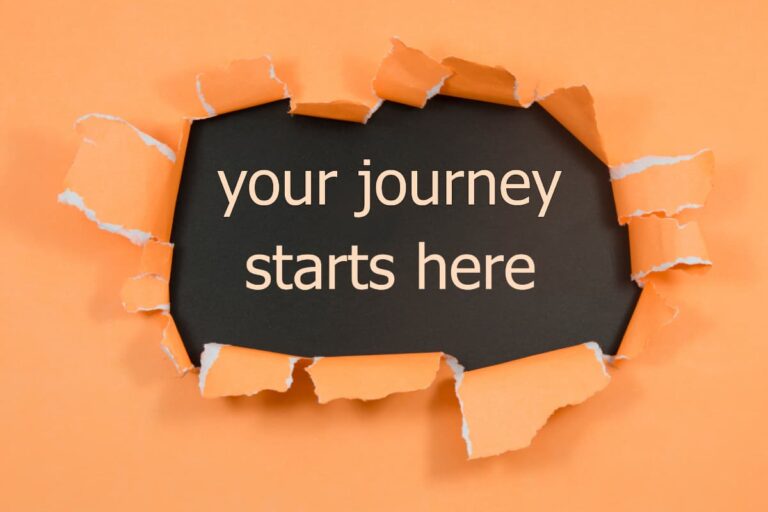
4 Comments